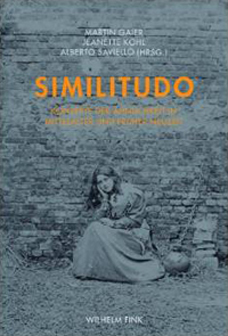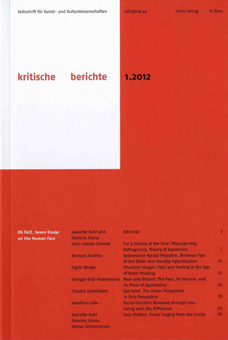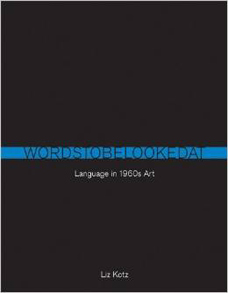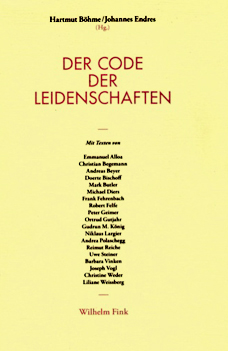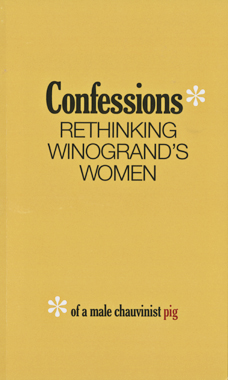 Confessions* of a Male Chauvinist Pig
Confessions* of a Male Chauvinist Pig
2013, (ed.) Ex. cat. Riverside: California Museum of Photography
Confessions* of a Male Chauvinist Pig, a collection of essays written in conjunction with the exhibition of the same name at the California Museum of Photography, reconsiders Garry Winograd’s book project Women Are Beautiful (1975). Women Are Beautiful is a set of 85 photographs culled from the hundreds Winogrand shot of women in public places between 1964 and 1973. Initially bearing the controversial subtitle “Observations of a Male Chauvinist Pig,” Winogrand’s book struggled to find a publisher and then withered in the light of feminist critique once it appeared. Confessions* aims to reorganize the photographs into a critical exhibition that places the project in the context of the turbulent 1960s, at the nexus of gender relations buffeted by the conflicting terms of the sexual revolution and the women’s movement, particularly in light of the consumption of women in media images.

